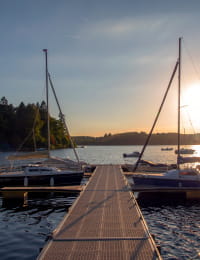Top 10 museums that are not-to-be-missed
There are dozens of museums in Burgundy, it's hard to know exactly how many. We've decided to help you choose which ones to visit, and we've selected our top 10 unmissable museums: Musée des Beaux-Arts in Dijon, Musée Zervos in Vézelay, Maison de Colette in Saint-Sauveur-en-Puisaye, Musée du Châtillonnais-Trésor de Vix in Châtillon-sur-Seine, etc. They are all worth a visit. And while you're here, why not stay in the region for a few days, and improve your general knowledge as you explore the area?
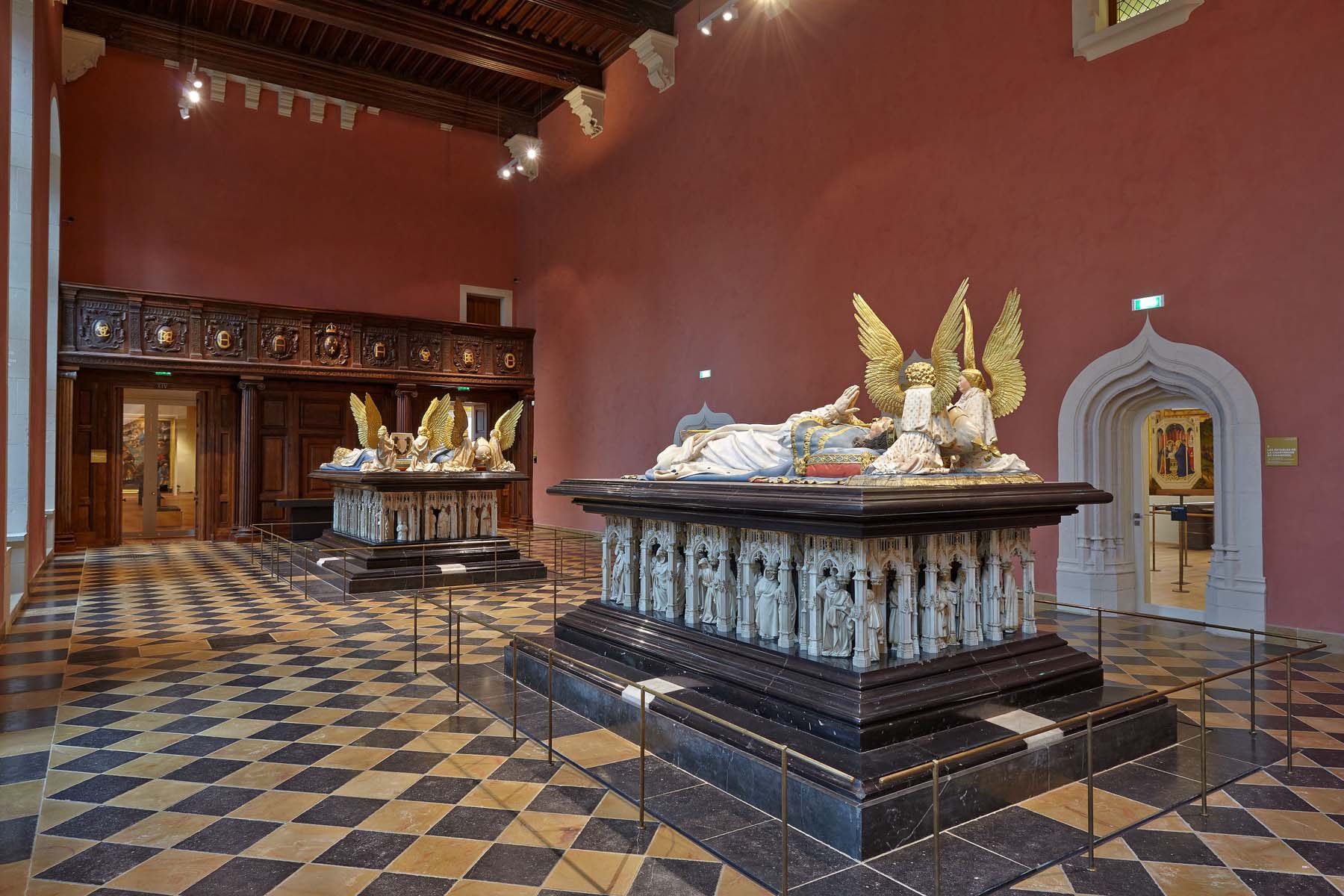
The Musée des Beaux-Arts in Dijon
This Fine Arts Museum has recently been renovated and houses a unique collection in France. There are some magnificent Egyptian specimens, paintings from the Flemish Primitives, and pieces from more recent names such as Rodin or Delacroix.
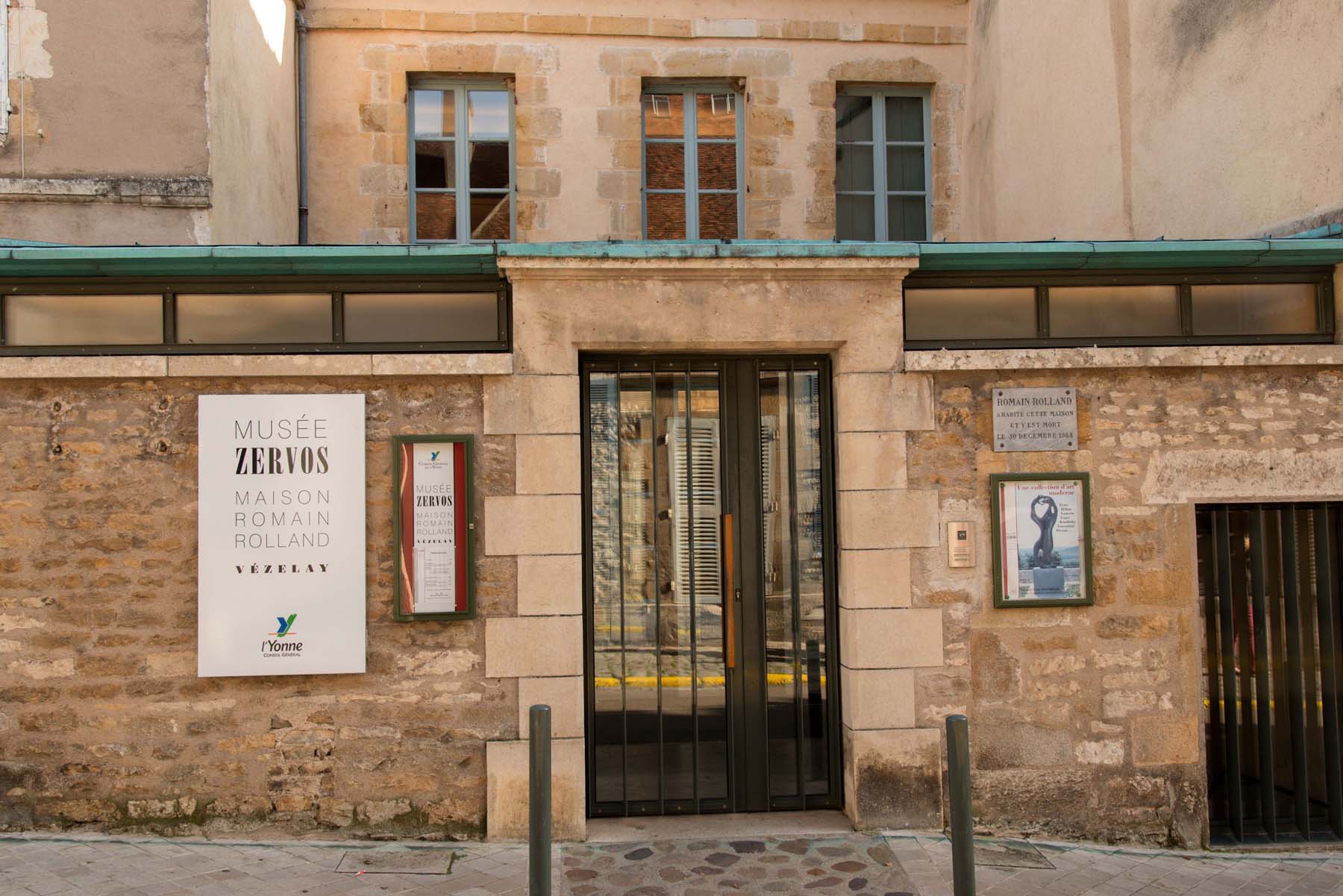
The Musée Zervos
Fans of modern art are in for a treat in visiting this museum in Vézelay: Pablo Picasso, Alberto Giacometti, Joan Miró, Alexander Calder to name but a few.
The work of these great artists is showcased here thanks to the passion of influential art critic Christian Zervos, who donated his holiday home and art collection to the town.
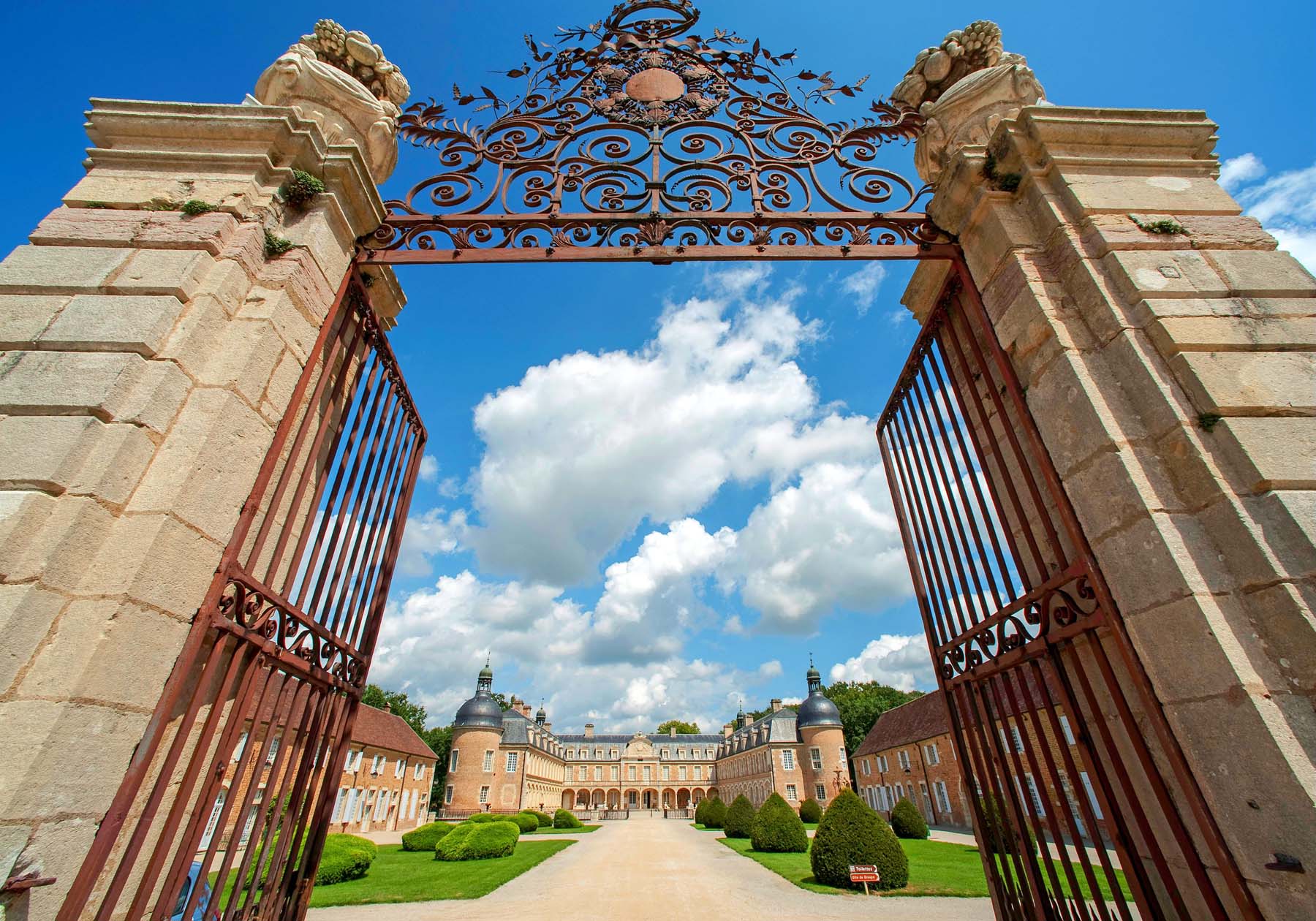
The Ecomusée de la Bresse Bourguignonne
The fairytale castle we dreamed of as a child can be found in Pierre-de-Bresse: such an elegant monument with four large corner towers, and moats filled with water.
Inside this building is the Ecomusée de la Bresse Bourguignonne. But what exactly is an "écomusée" (ecomuseum)? In short, it's a museum focussed on preserving and showcasing the identity of a region.
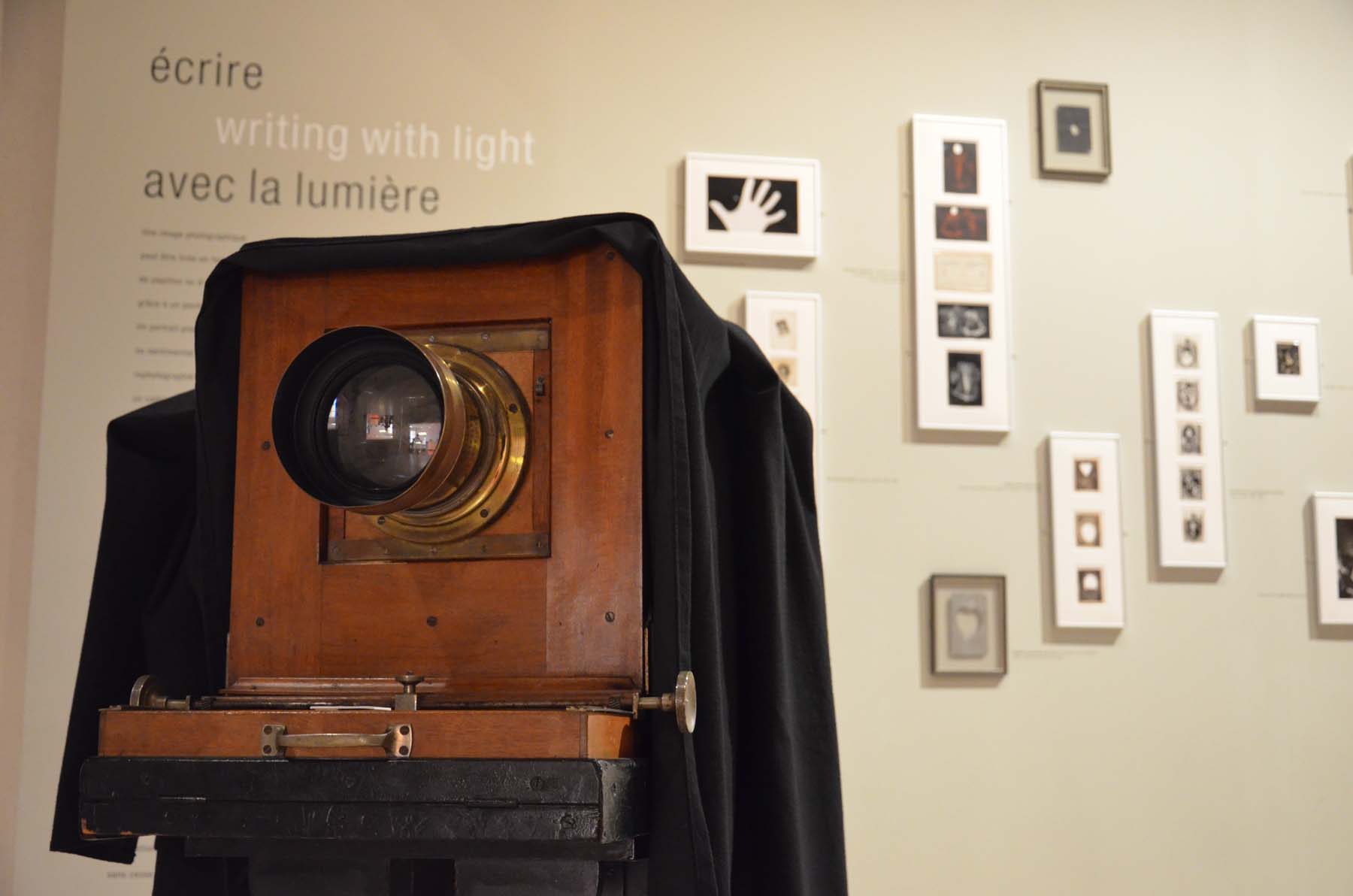
Musée Nicéphore Niepce
Long before Instagram and smartphone cameras came along, there was... Nicéphore Niepce. It is thanks to this native of Chalon-sur-Sâone that photography was invented at the beginning of the 19th century.
The very first camera in the world is on display today at the Musée Niepce in Chalon-sur-Saône. At this museum, you can also learn about the history of photography on this fascinating tour, full of zooms, framing and other various contrasts.
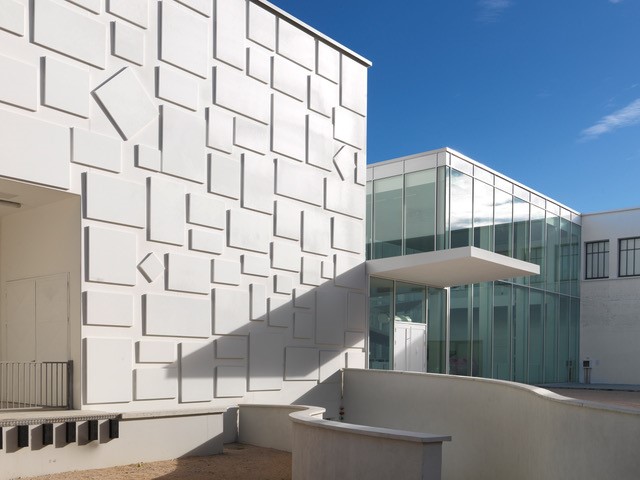
The Consortium in Dijon
This place came to be thanks to two former art history students who decided to open this 4,000 m² contemporary art centre.
On the programme: exhibitions, concerts, conferences and evening showings. There are so many opportunities to come and explore this temple of lines and volumes, designed by Japanese architect Shigeru Ban (creator of the Centre Pompidou Metz) in partnership with Jean de Gastones.
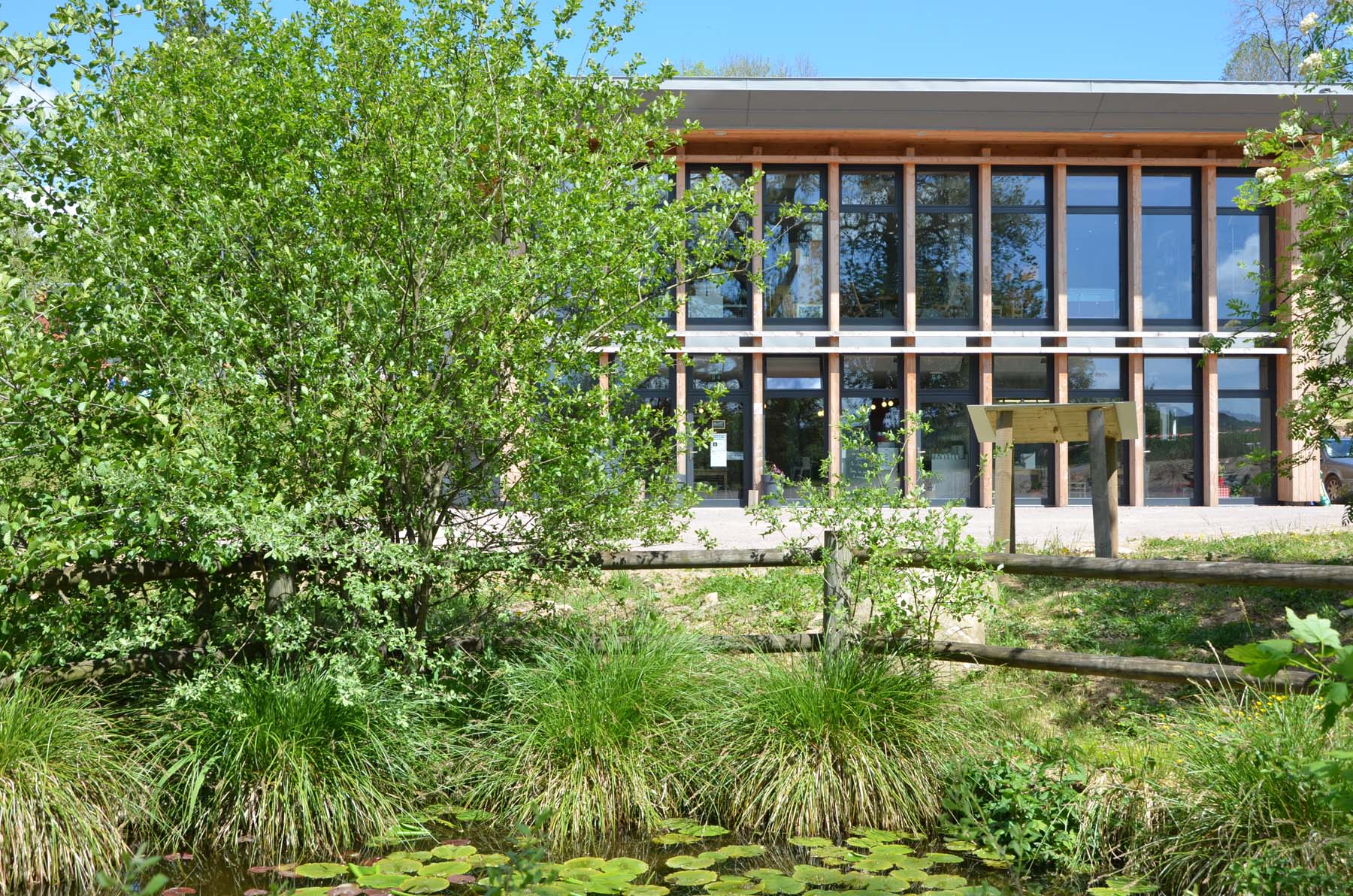
Maison du Parc Naturel Régional du Morvan
Before exploring the vast 3,000 km² surface area of the Morvan Regional Natural Park, you can get an idea of what to expect at the Maison du Parc. At this visitors' centre, you'll find all the ecological wealth of the Park in one small venue.
You'll be able to visit a beehive, grove, arboretum, herboretum, and so much more. You'll even come across Highland cattle here as this breed of cow is perfectly suited to the humid habitats throughout the Morvan.
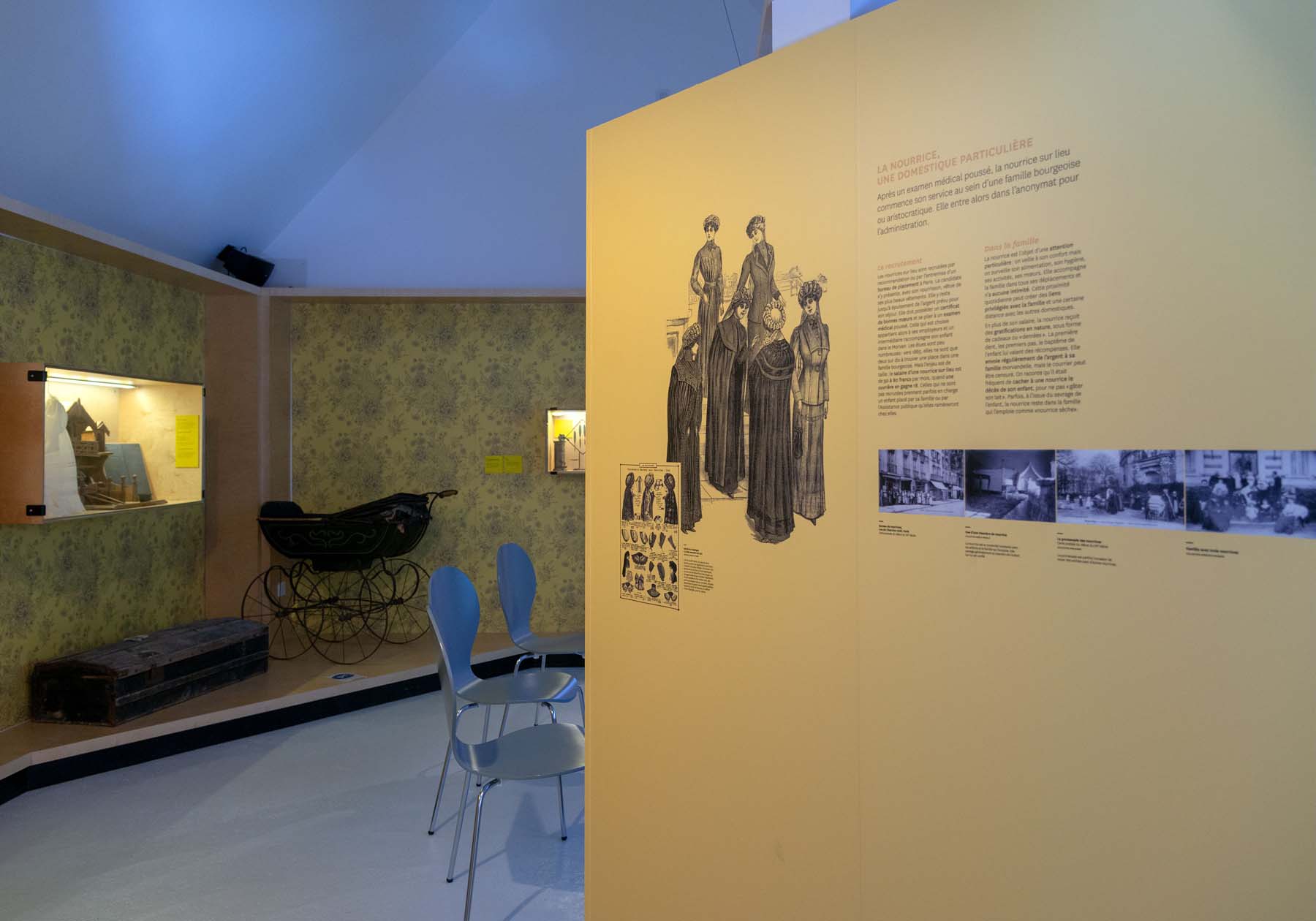
The Musée des Nourrices
This museum displays a somewhat unknown local tradition. Up until the First World War, wealthy Parisians and the royal courts of Europe would come here to recruit their wet nurses. The women of Morvan were renowned for the quality of their milk.
Conversely, up until the 1960s, the region welcomed tens of thousands of children in public care, mainly from Paris. A meaningful and moving place to visit.
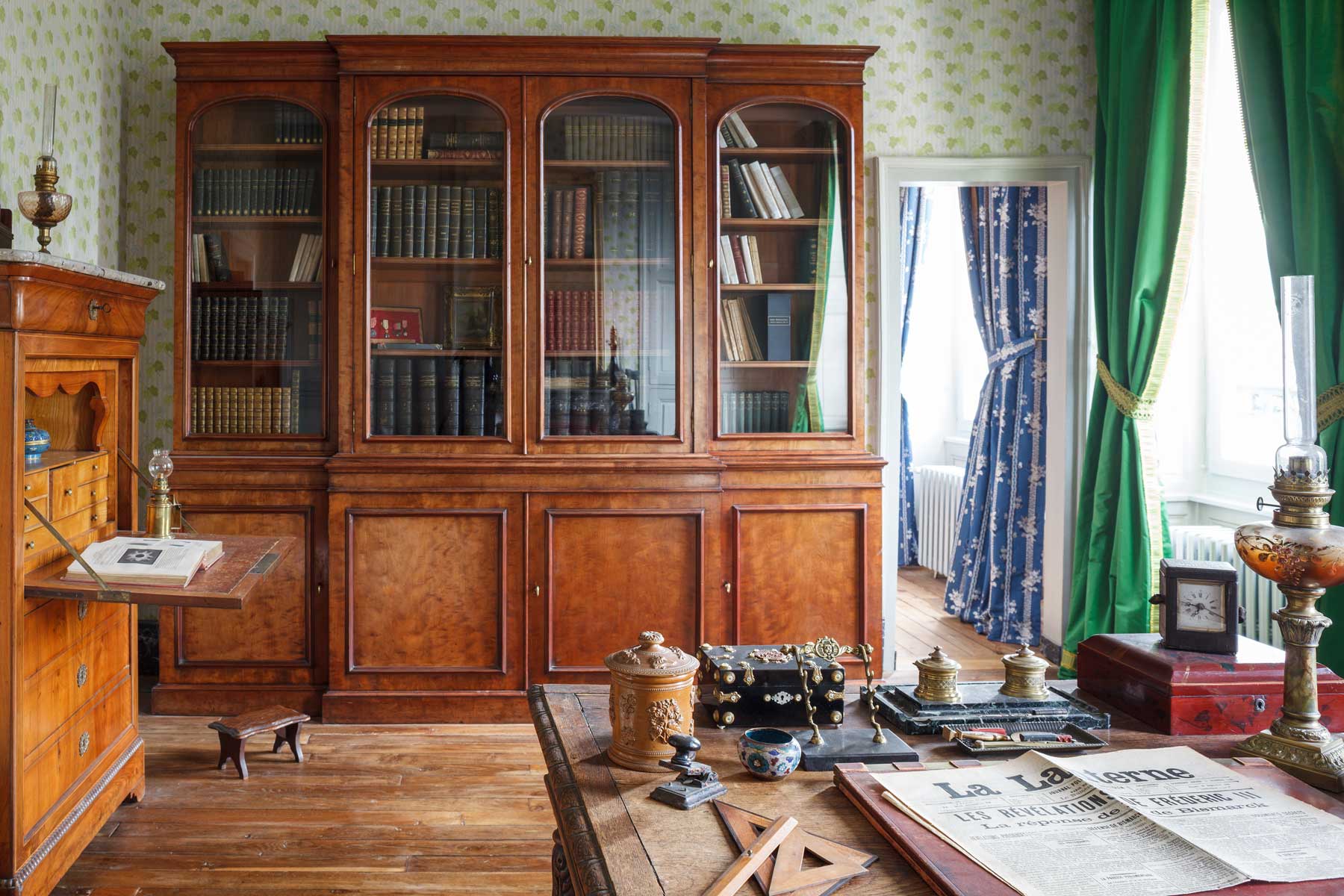
The Maison de Colette
The story about Colette and La Puisaye is a story all about a happy, free childhood in a beautiful bourgeois house. Some of Colette's happiest memories came from these walls and these gardens, used as the basis for her writing.
To get the full experience of her childhood, come to the perfectly restored Maison de Colette in Saint-Sauveur-en-Puisaye!
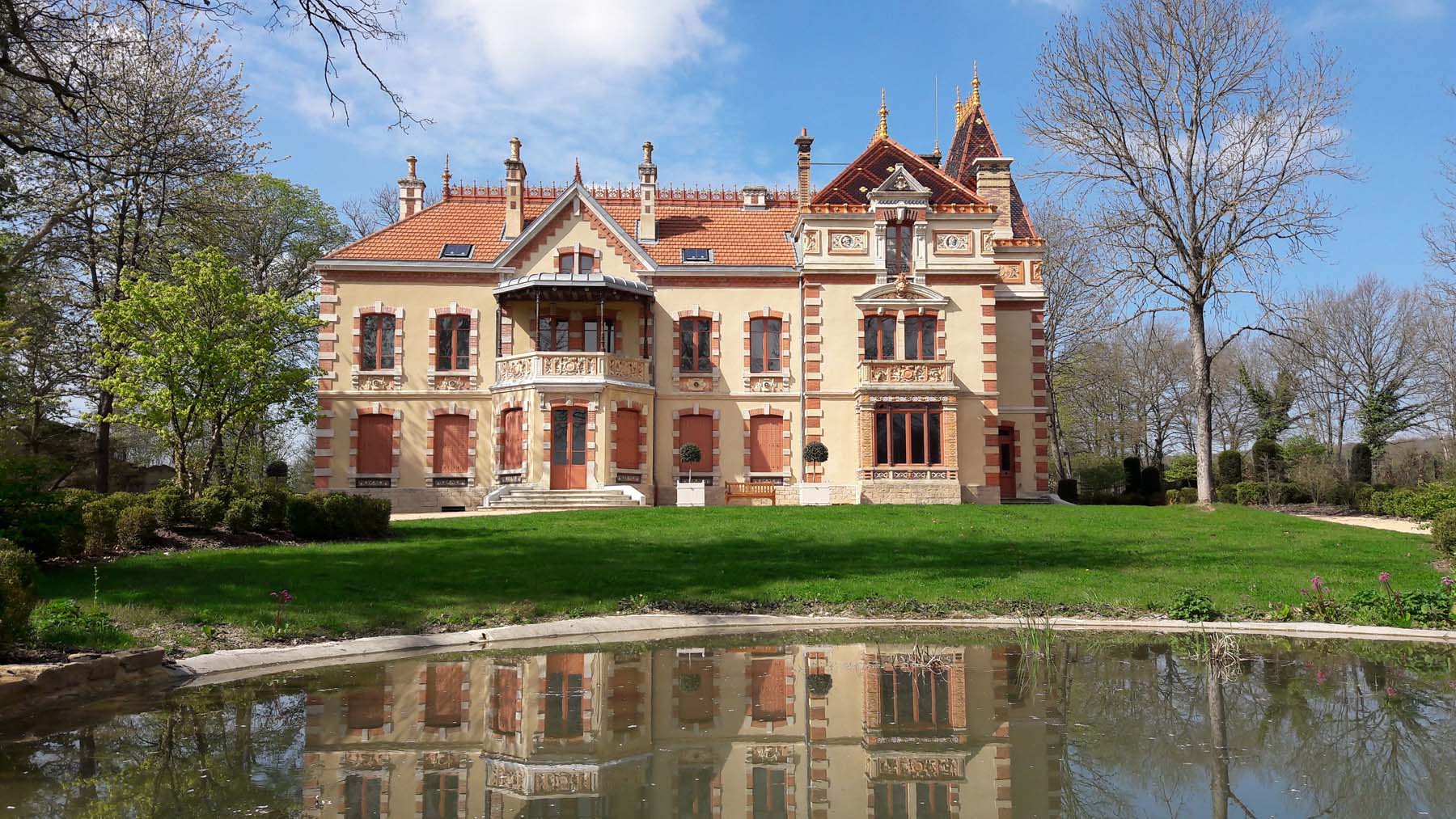
The Ecomusée Creusot-Montceau
Dive into a 19th century marked by industry! Metalworking industry, coal extraction, glassworking, ceramic production, etc. These professions have had a great influence on the identity of Creusot-Montceau and have left a significant impression on Southern Burgundy: Art Nouveau villa, a symbol of the success of a family of industrialists, huge conical constructions that were once used as a melting furnace for glass and other materials, to name just two. The tour of this ecomuseum is a moving experience.
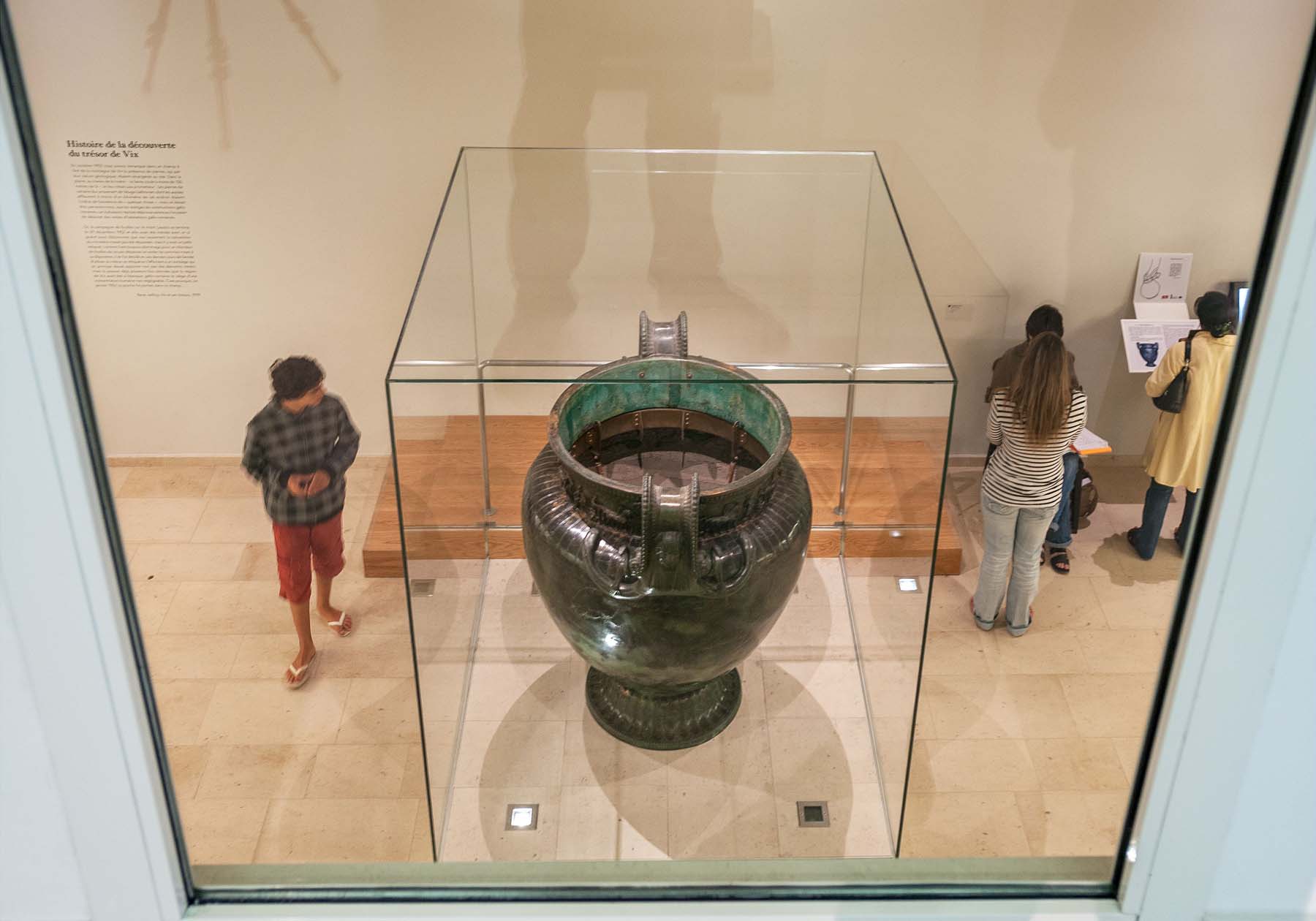
Musée du Pays Châtillonnais - Trésor de Vix
Visitors come to this museum mainly to admire the Vix Krater. This exceptional object was made in Greece and was found along with other treasures in a Celtic grave near to Châtillon-sur-Seine. It was most likely a tribute to the power of a woman, the Lady of Vix, thanks to the domination of one of the main trade routes of the era, for tinware.

